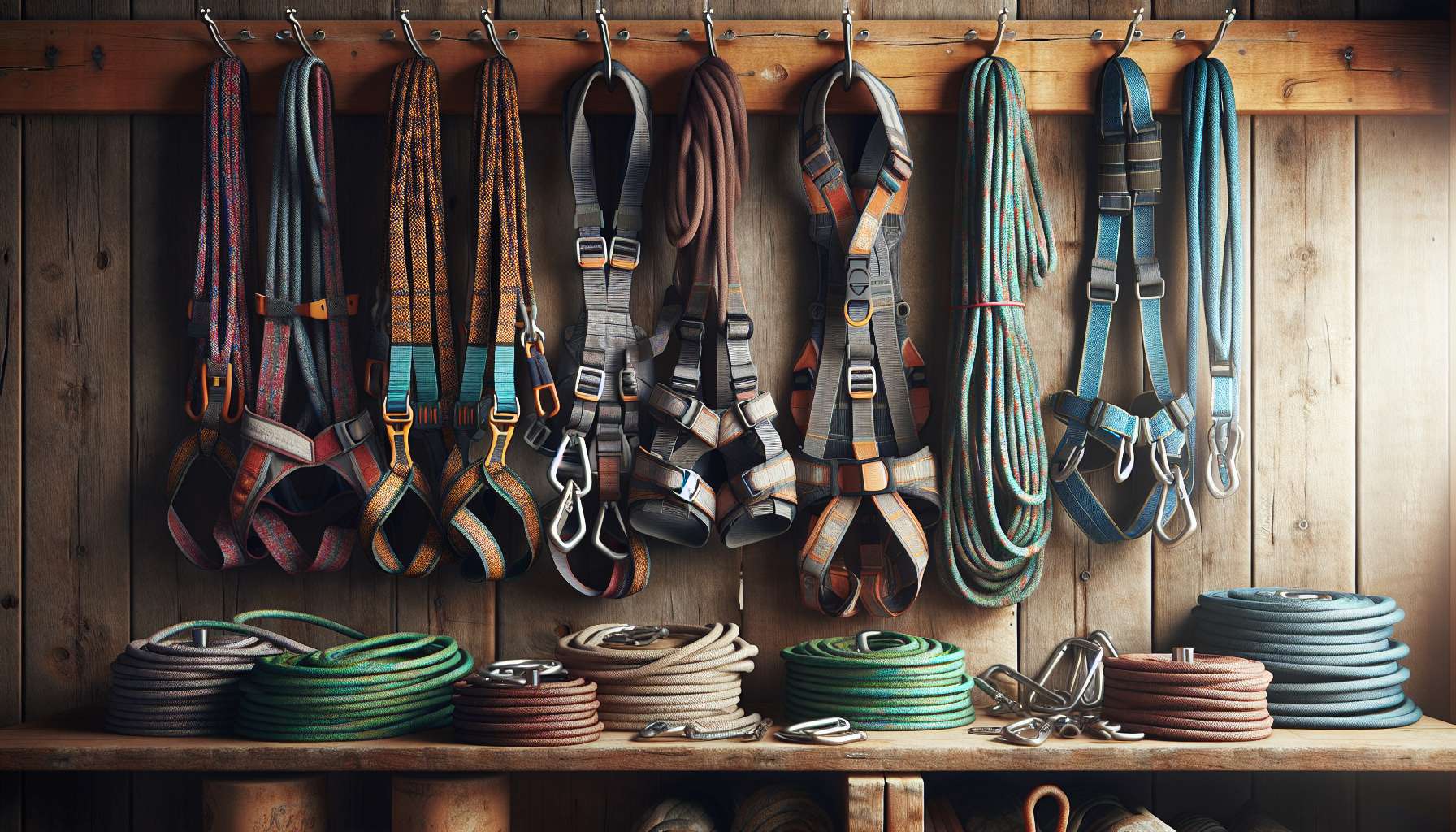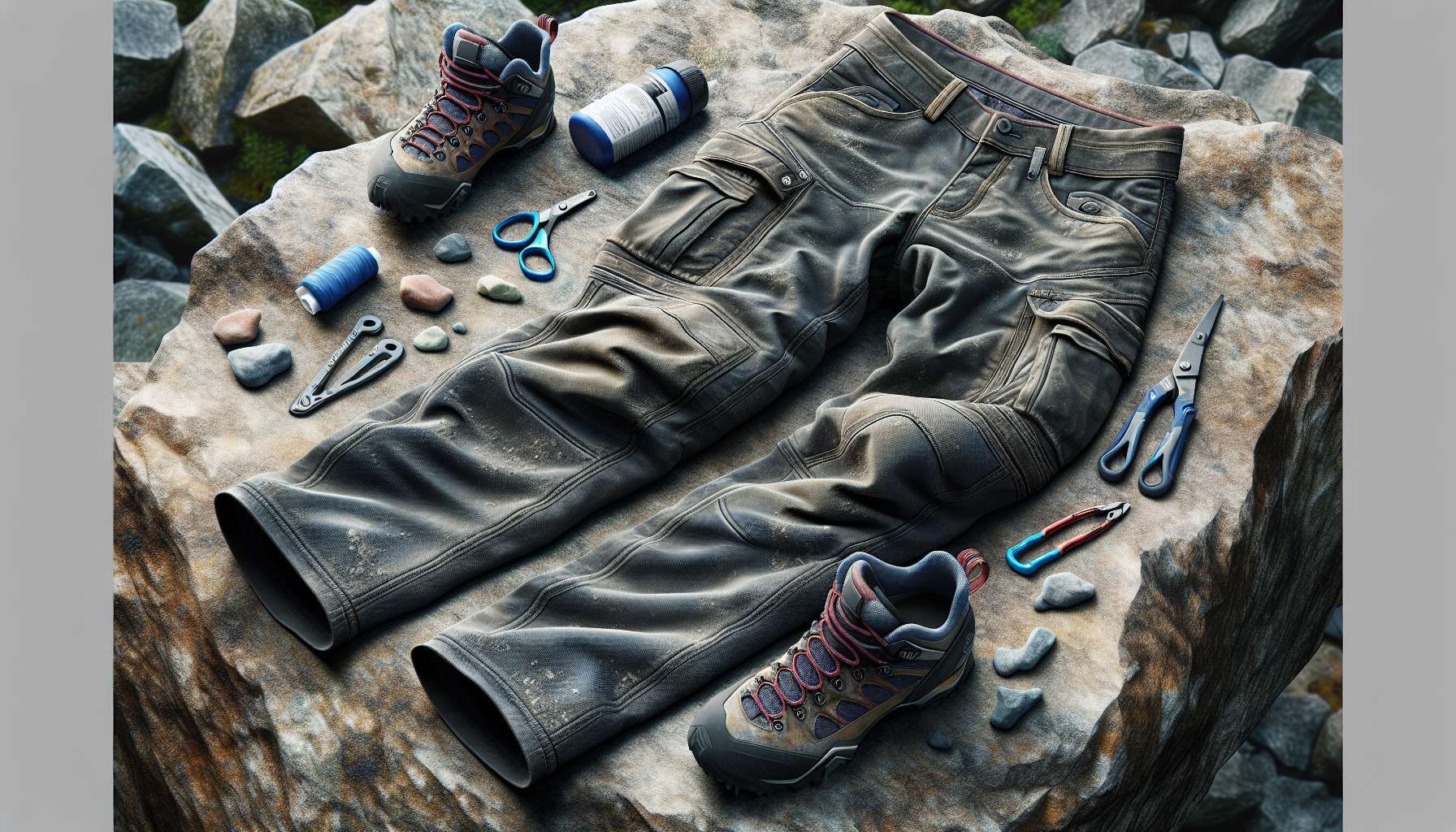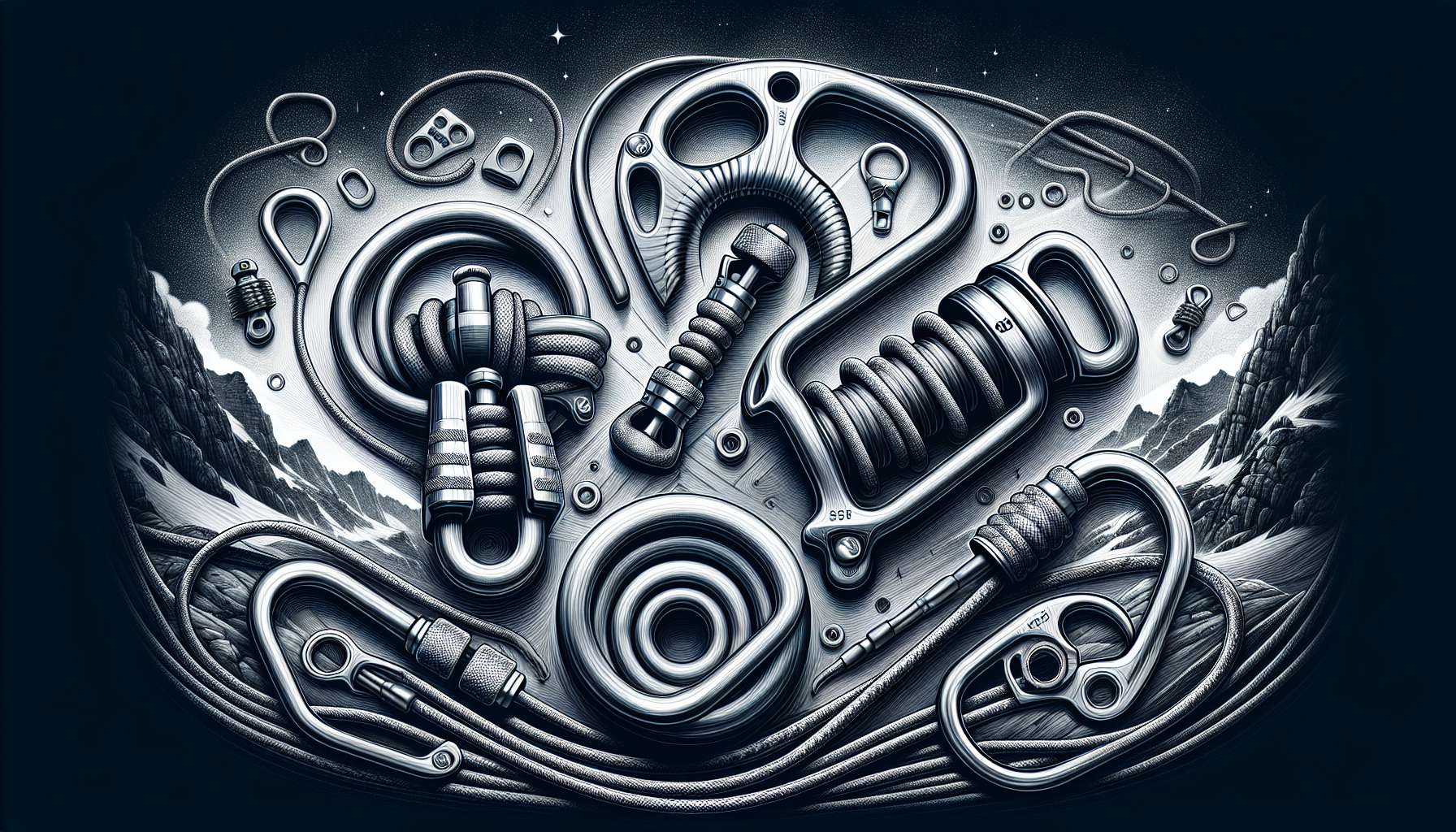Exploring the World of Mountaineering Helmets
When it comes to mountaineering, safety is paramount. Among the essential gear that every mountaineer should have, a mountaineering helmet stands out as a crucial piece of equipment. Not only does it protect your head from impacts, but it also provides warmth, ventilation, and comfort during your adventures. In this comprehensive guide, we will delve into the world of mountaineering helmets, exploring their history, features, benefits, and everything you need to know to make an informed choice.
The Evolution of Mountaineering Helmets
Mountaineering helmets have come a long way since their inception. In the early days of mountaineering, climbers often relied on makeshift head protection, such as padded caps or leather helmets. However, as the sport evolved, so did the need for specialized gear. The first modern mountaineering helmets were introduced in the 1950s, made from materials like fiberglass and plastic. Over the years, advancements in technology have led to the development of helmets with superior impact resistance, lightweight construction, and enhanced ventilation.

Today, mountaineering helmets are designed to meet the specific needs of climbers, offering a balance of protection, comfort, and performance. Whether you are tackling a multi-pitch rock climb, navigating a glacier, or braving extreme weather conditions, a high-quality mountaineering helmet is essential for your safety and well-being.
Key Features of Mountaineering Helmets
When choosing a mountaineering helmet, there are several key features to consider. The most important factor is protection. Look for a helmet that meets industry standards for impact resistance, such as the UIAA (International Climbing and Mountaineering Federation) certification. Additionally, ensure that the helmet fits securely and comfortably on your head, with adjustable straps and padding for a customized fit.
Ventilation is another crucial feature to look for in a mountaineering helmet. Proper airflow helps regulate temperature and moisture, keeping you cool and comfortable during strenuous climbs. Some helmets come with adjustable vents that allow you to control the airflow, depending on the weather conditions.

Weight is also a significant consideration when choosing a mountaineering helmet. A lightweight helmet reduces neck strain and fatigue, especially during long climbs. Look for helmets made from advanced materials like polycarbonate or carbon fiber, which offer a winning combination of strength and lightness.
The Importance of Proper Fit
One of the most critical aspects of a mountaineering helmet is ensuring the proper fit. A helmet that is too loose or too tight can compromise its effectiveness in protecting your head. To determine the right size, measure the circumference of your head and choose a helmet size that corresponds to your measurements.
When trying on a mountaineering helmet, make sure it sits securely on your head without any gaps or slippage. Adjust the straps and padding to achieve a snug and comfortable fit. Remember that a well-fitting helmet is your first line of defense against head injuries, so take the time to find the right one for you.
Choosing the Right Helmet for Your Needs
With a wide range of mountaineering helmets available on the market, choosing the right one can be overwhelming. Consider the type of climbing you will be doing, as well as the environmental conditions you will encounter. For rock climbing, a lightweight and well-ventilated helmet is ideal, while for ice climbing or alpine climbing, a helmet with a durable shell and ear coverage is recommended.
Some helmets come with additional features like headlamp clips, goggle compatibility, or removable padding for easy cleaning. Evaluate your specific needs and preferences to select a helmet that meets all your requirements. Remember that investing in a high-quality mountaineering helmet is an investment in your safety and peace of mind.
Expert Opinions
According to renowned mountaineer and safety expert, Alex Honnold, “A helmet is your best friend on the mountain. It’s the one piece of gear that can save your life in an instant. Don’t leave home without it.” Honnold emphasizes the importance of wearing a helmet at all times, regardless of the difficulty of the climb or the experience level of the climber.
Similarly, professional guide and instructor, Melissa Arnot, advocates for the use of mountaineering helmets, stating that “Safety should always come first in the mountains. A helmet is a non-negotiable piece of equipment that every climber should have, no matter how experienced they are.”
Common Misconceptions
There are several common misconceptions about mountaineering helmets that can lead climbers to make uninformed decisions. One of the most prevalent myths is that helmets are only necessary for extreme climbs or technical routes. In reality, head injuries can occur in any climbing situation, making a helmet essential for all types of climbs.
Another misconception is that helmets are uncomfortable or restrict movement. With advances in helmet design and technology, modern mountaineering helmets are lightweight, well-ventilated, and adjustable for a comfortable fit. Climbers should prioritize safety over comfort and prioritize wearing a helmet on every climb.
Comparative Analysis
When comparing different mountaineering helmets, it’s essential to consider factors like protection, weight, ventilation, and fit. Some helmets may excel in impact resistance but lack sufficient ventilation, while others may be lightweight but compromise on durability. Look for a helmet that strikes a balance between all these factors to ensure maximum safety and comfort.
Popular mountaineering helmet brands like Petzl, Black Diamond, and Mammut offer a wide range of options for climbers of all levels. Each brand has its unique features and technologies, so it’s essential to research and test different helmets to find the best one for your needs.
FAQs
1. Do I need to wear a helmet for all types of climbing?
Yes, a helmet is essential for all types of climbing, including rock climbing, ice climbing, and mountaineering. Head injuries can occur in any situation, so it’s crucial to protect yourself with a helmet.
2. How often should I replace my mountaineering helmet?
It’s recommended to replace your mountaineering helmet every 5-7 years, or sooner if it has been involved in a significant impact. Inspect your helmet regularly for signs of wear and tear, and replace it if you notice any damage.
To Wrap Things Up
Mountaineering helmets are a vital piece of safety gear that every climber should prioritize. From protecting your head from impacts to providing comfort and ventilation, a high-quality mountaineering helmet can make a significant difference in your climbing experience. When choosing a helmet, consider factors like protection, fit, weight, and ventilation to find the best one for your needs. Remember that safety should always come first in the mountains, and a helmet is your best defense against potential risks. Stay safe, stay prepared, and enjoy your adventures in the mountains with the right mountaineering helmet by your side.




